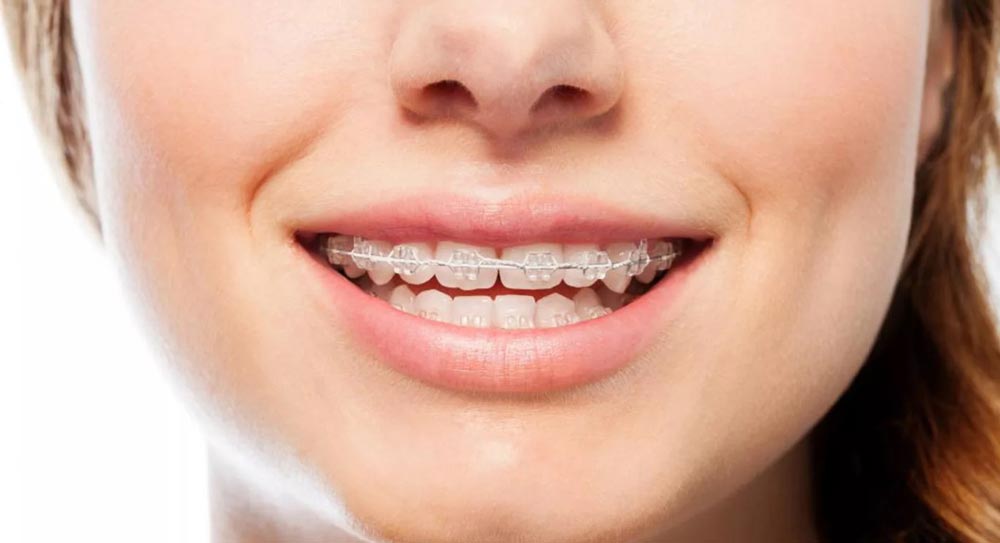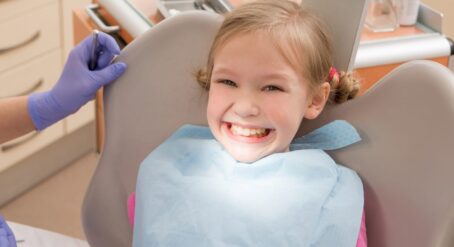If your teen has been told they need orthodontic treatment, they might be nervous about getting braces. While our research shows that 70% of Aussie kids are happy or excited when they find out they’ll need braces, it’s understandable that some may feel less than enthused at the prospect.
While metal braces are one of the most effective treatment options for young people, there are other treatments available. We take a look at the popular alternatives to traditional metal braces, including their appearance, how effective they are, and how easy they are to maintain.
1. Ceramic braces
If your teen feels particularly self-conscious about metal braces, ceramic or ‘clear’ braces might be a good option. They work just as well as metal braces, but the main difference is that they are less noticeable. Ceramic brackets can be clear or tooth-coloured and some wires can also be tooth-coloured.
The main thing to be aware of is that, given the materials used, they do cost a little more than traditional metal braces. Your child will also need to be careful when eating or drinking any colourful foods, which could cause staining to the braces.

2. Clear aligners
Clear aligners, more commonly known by brand names such as Invisalign®, Spark® and 3M Clarity, can provide an alternative to fixed braces for less severe orthodontic problems. Removable and virtually invisible, they are a discreet alternative to braces.
However, it’s worth mentioning that clear aligners and braces work in very different ways, and are also priced differently. Given the significant manufacturing costs associated with clear aligners, it usually works out to be a more expensive option than regular braces.
Whether you’re considering traditional metal braces or an alternative such as clear aligners, only a fully qualified orthodontist has the training, experience and expert knowledge to provide the best result. You can use our Find an orthodontist tool to find your nearest registered orthodontist.
3. Lingual Braces
Lingual braces are often favoured for their discretion. They’re attached to the inside of the teeth and are often invisible. However, they can cause some speech complications, and cause patients to get used to speaking differently.

4. Retainers
Like lingual braces, a retainer can be attached to the inside of the mouth and be non-invasive. This is a great option if the malocclusion isn’t severe and the patient only needs a small correction.
5. Cosmetic dentistry
Cosmetic dentistry includes veneers, enamel caps, crowns, teeth whitening, bridges, and implants. Typically, this form of dentistry won’t correct your smile or have health benefits, and will deal solely with aesthetics.
The best alternative is subjective — each patient will have different wants and needs. However, for those who don’t have sever malocclusion, clear aligners are a popular choice. They allow you to eat without equipment in your mouth, and offer freedoms not supplied by permanent treatments like braces. On the other hand, the do require more disciplined care than permanent methods which might not be suitable to younger patients.










